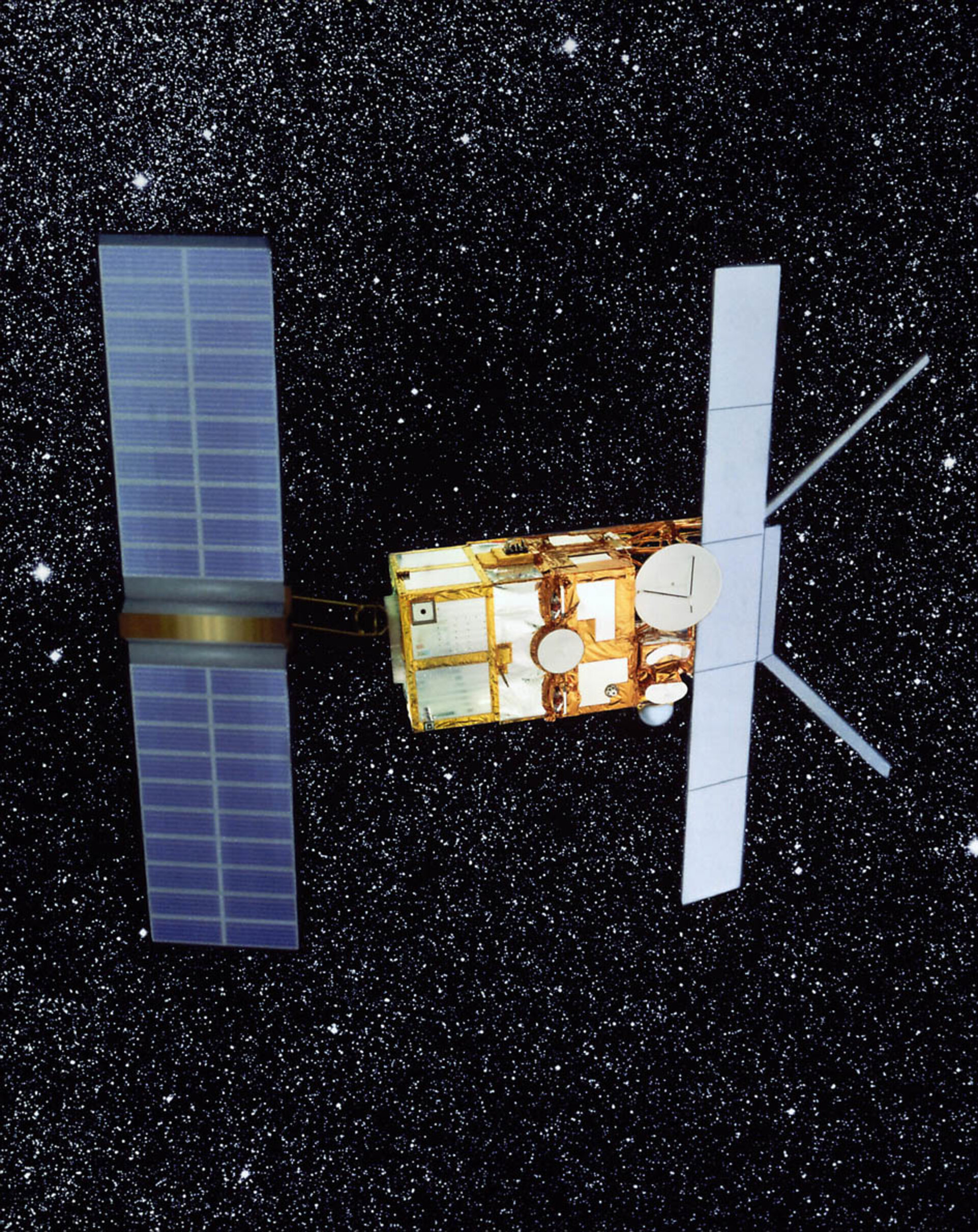Ers 1 is the most sophisticated earth observation satellite ever developed in europe.
Ers 1 satellite resolution.
Ers 2 is nearly identical to ers 1.
We use cycles 2 17 of ers 1 data from.
It weighs well over two tons and fully deployed covers almost 12 metres.
It is no longer in operation.
Ers 1 carried an array of earth observation instruments that gathered information about the earth land water ice and.
The ers 2 satellite circles the earth at a height of 800 km and completes an orbit every 100 minutes crossing each pole in the process.
Compared to ers 1 ers 2 is equipped with additional instruments that measure the ozone content of the atmosphere and monitor changes in vegetation cover more effectively.
Period 96 minutes local mean time 10 30 11 00 am on.
The ers 1 altimeter was in a 35 day re peat cycle for 17 cycles.
The jers 1 satellite was launched on feb.
Sun synchronous subrecurrent polar orbit.
The satellite circles the earth once every 100 minutes 780 km up beaming down data at a mind boggling 105 megabits per second.
Data provided by the ers 1 and ers 2 missions are available in an open and non discriminatory way and distribution of the data shall be consistent with united nations resolution a res 41 65 dated 3 december 1986 on principles relating to remote sensing of the earth from space.
Repeat cycle 44 days westward.
Altitude 568 km.
The satellite is 11 8 m tall the solar panel is 11 7 x 2 4 m the sar antenna is 10 x 1 m and the total mass is 2516 kg.
Accuracies and implications to subsurface modeling.
Ers 1 european remote sensing satellite 1 ers is the first esa program in earth observation with the overall objectives to provide environmental monitoring in particular in the microwave spectrum i e regular monitoring of land surface and ocean surface processes for change detection.
Satellite altimeter resolution 15 119 table 1.
Ers 1 cospar 1991 050a launched 17 july 1991 from guiana space centre aboard an ariane 4 rocket.
Validation of ers 1 and high resolution satellite gravity with in situ shipborne gravity over the indian offshore regions.
Satellite characteristics repeat cycle cross track latitude duration days spacing km range geosat 17 164 72 0 ø ers 1 35 80 81 5 ø topex 10 315 66 0 ø cheney et al 1991.
It was developed from 1979 to 1990 and was the first purely civilian earth observation satellite.
In 10 years europe s ers 1 2 spacecraft have provided us with a very different view of planet earth thanks to a suite of advanced and complementary instruments designed and developed by esa.
Photo of the jers 1 spacecraft at integration image credit.
The ers 1 is a satellite of the european space agency esa which was used for remote sensing of the earth s surface.
The satellite was put into a sun synchronous polar orbit at an altitude of 782 785 km.

